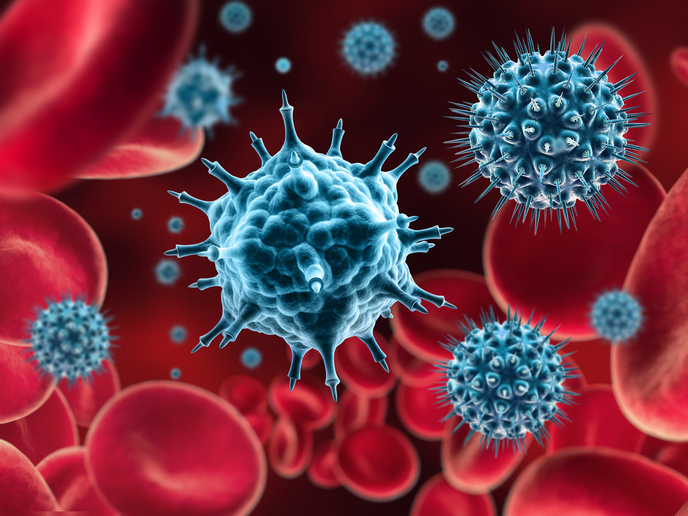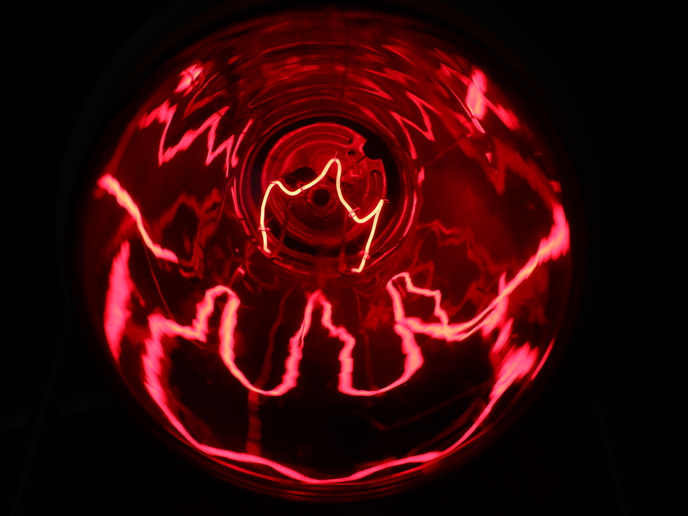Tailoring light-molecule interaction at the nanoscale
Förster fluorescence resonance energy transfer (FRET) is one of the most popular methods for measuring distance, structure and association between molecules at the nanoscale. However, it is far from perfect. Its application is severely limited in several fields of physical and analytical sciences, particularly in measuring a short distance range below eight nanometres. To extend the use of FRET, the EU-funded EXTENDFRET project developed an innovative way of using nanophotonics to tailor the light-molecule interaction at the nanoscale. ‘Although nanophotonics has enabled several successes in controlling the fluorescence properties of single emitters, prior to our research it was still an open question as to whether or not it could actually enhance FRET,’ says project coordinator Jerome Wenger. ‘Answering this question was crucial to unlocking the application of nanophotonics for enhancing the FRET process broadly used in life sciences and biotechnologies.’ An unambiguous demonstration Energy transfer between molecules – an essential phenomenon for photosynthesis, photovoltaics and biotechnology – is promoted when they are set in an environment that confines light. The objective of the EXTENDFRET project was to control and enhance this energy transfer between molecules using optical structures etched at the nanoscale. To accomplish this, researchers performed experiments at the single molecule level, monitoring both the donor and the acceptor emissions for a broad range of experimental conditions. For example, they prepared pairs of energy donor and acceptor molecules linked by rigid double stranded DNA. These pairs were then inserted into apertures milled in a gold film with nanoscale dimensions. By accurately measuring the radiation properties of pairs of molecules, researchers were able to demonstrate that the rate of energy transfer between molecules is six times greater when placed in a nanoaperture. EXTENDFRET provides an unambiguous demonstration of the influence the photonic environment has on FRET rates in plasmonic nanostructures. Specifically, this research has led to a significant enhancement of the FRET rate, showing that nanophotonics is especially relevant to enhancing FRET in the case of large donor-acceptor separations. ‘At the beginning of the project it was widely believed that it was impossible to control energy transfer between molecules using nanophotonics,’ says Wenger. ‘Our research has conclusively proved otherwise.’ New doors opened These promising results have cleared a new path to improving the energy transfer process widely used in life sciences and biotechnology, with optical nanostructures having potential applications for biosensors, light sources and photovoltaics. For example, using long-range FRET, researchers can now better understand the folding structure of large DNA and protein molecules. ‘This will improve the understanding of gene expression and regulation, and improve drug development,’ says Wenger. On the one hand, these results clearly establish that FRET can be tuned with nanophotonics, paving the way towards the nanophotonic enhancement of such FRET applications as photovoltaics, organic lighting sources and bio-sensing. On the other hand, the novel observation of high FRET enhancement for large donor-acceptor separations or perpendicular orientation between donor and acceptor dipoles provides a new paradigm for investigating biochemical structures with donor-acceptor distances far beyond the classical FRET range. The project is currently working on applying its proof-of-concept towards more biologically-oriented applications, including investigating protein dynamics for molecular association and structural changes. In addition, the project has filed for two patents on optical microscopy.







